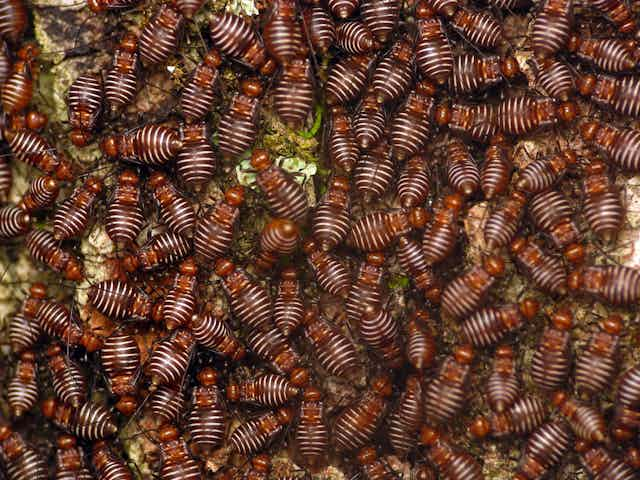There has been enormous uncertainty amongst the scientific community on just how many species there are on Earth and how rapidly we are losing them through extinction. Given that taxonomists have described roughly 1.5 million species, estimates that there might be 30 million or even 100 million species on Earth might suggest to some that trying to name and describe all of these is a futile task. This is particularly true if, as others have suggested, we are in the midst of another mass extinction event.
To add to this there have been fears that the numbers of taxonomists around the world are declining. Our paper released in Science today - “Can we name Earth’s species before they go extinct?” - addresses each of these key issues. We suggest there are fewer species on Earth and that current extinction rates are much lower than previously thought.
Further, if we narrowly define taxonomists as the people describing species new to science, then in recent decades we have had two to three times more taxonomists than before the 1960s.
We conclude that with a moderate increase in support for taxonomy the task of describing most species before the end of the century is achievable.
We report that there has been a shift in where taxonomists reside. Yes, there have been declines in numbers for countries which have traditionally been strong in taxonomy. But these have been more than matched by increases elsewhere in South America and Asia.
Three recent new estimates of global species richness, each supported for the first time by standard errors have led us to the conclusion that there are roughly 5 million ± 3 million species of Eukaryotic (that is, not including bacteria and their relatives) organisms on Earth. Most of these are terrestrial tropical forest insects and other arthropods.
We are less certain about extinction rates, simply because of a paucity of good data. But we believe that there is good evidence that contemporary extinctions are not as high as many had thought. We contend that this is for several reasons, including the fact that conservation efforts to protect the world’s biodiversity hotspots has been very effective to date.
In addition, we suggest that many species could well be on the brink of extinction and represent an “extinction debt” which might be met with unknown additional perturbations to the environment. In other words, these are species that are hanging on and should have gone extinct because of habitat loss but their extinction has been delayed. We contend that extinction rates are probably less than 5% per decade.
Our model assumes a linear rate of extinction and we recognise that this is unlikely to represent what may occur with the increasing impacts of climate change in future decades, particularly as climate change is already interacting with other threats such as habitat loss.
Our simple model then suggests that even with extinction rates of 5% per decade, it would be possible to describe most species on Earth in this century. With a moderate increase in support for taxonomy worldwide and the uptake of new advances to improve taxonomic efficiency, this would further accelerate species description and our knowledge and understanding of the world’s biota.
Why should we be concerned about describing all species? Globally, there is a huge interest from the public in the life with which they share the planet, their relationships to each other, where they are found and their unusual biologies. Describing such species is the first step towards conserving them. There is also interest from a utilitarian point of view as each new species may offer opportunities for agriculture, medicine or other use.
Some may ask if there is any point in describing species if they are going to become extinct soon after but judging by the enormous interest in past fossil species this question would seem to answer itself.

